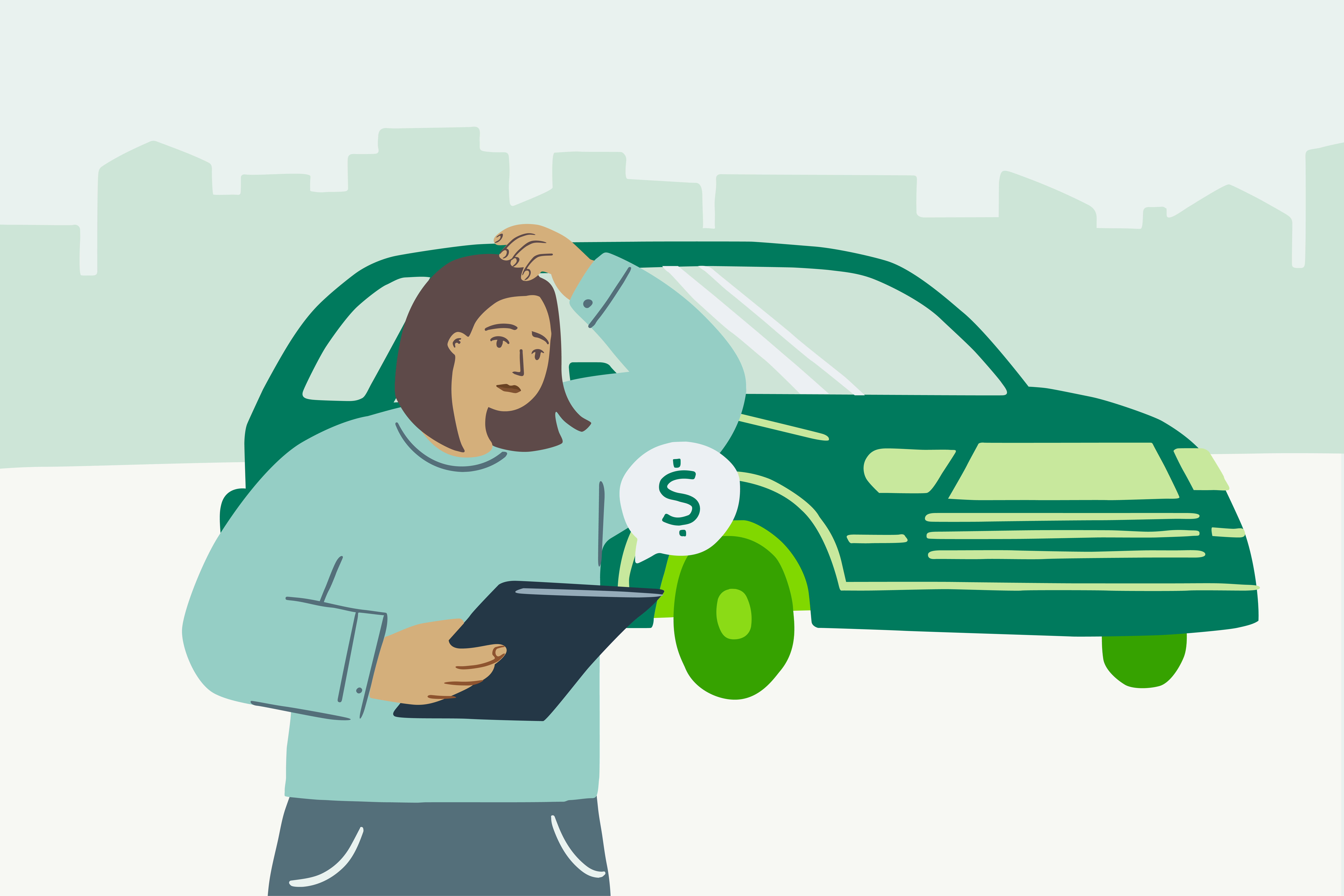Is usage-based car insurance better for you?
December 6, 2022
Usage-based car insurance (UBI) is gaining popularity. Drivers are looking for ways to save on their insurance and have a policy that is reflective of their driving behavior. As a car insurance model that uses technology to understand driving habits and build premiums around them, UBI can be enticing for drivers. But what differentiates it from traditional insurance models? Let’s compare the two and find out where pay-as-you-drive and behavior-based car insurance fall within the UBI insurance model.
What is usage-based insurance and how it works
Usage-based insurance uses telematics data to determine your car insurance premium, its cost is based on how you drive. What is telematics? Think of telematics as the smart technology in your phone, or other devices, that is used to keep track of how you drive (behavior-based insurance) or how much you drive (pay-as-you-drive insurance).
Auto insurance based on driving habits offers drivers a personalized policy and premium, making it appealing for drivers looking to potentially save on their insurance bill.
Usage-based vs traditional insurance: what's the difference?
One way to think about the difference between UBI and traditional car insurance is estimates and assumptions vs actually driving data. Traditional insurance may ask you to estimate the number of miles you think you’ll drive annually. UBI can use telematics to gather real-time driving information to help determine your rate.
UBI and pay-as-you-drive car insurance
You may have heard of car insurers offering pay-per-mile, pay-as-you-go and pay-as-you-drive programs. These are often used interchangeably because they’re each a type of UBI insurance and can use telematics to shape a customer’s premium.
Usage-based car insurance with a pay-as-you-drive model may initially provide a base rate for customers, then over time, assess the number of miles driven each month to re-evaluate your premium.
UBI and behavior-based car insurance
Behavior-based insurance is another type of telematics-based car insurance, but the key difference is the data that is used when shaping a customer’s insurance premium. As we mentioned, pay-as-you-drive will typically use the number of miles driven, whereas behavior-based uses data such as driving speed, time of day, mileage and smooth braking habits.
Depending on the telematics data gathered, a customer’s insurance rate may be adjusted to offer savings because it’s dependent on the behavior of the driver behind the wheel.
Behavior-based insurance generally assesses multiple telematics data points to offer flexibility to drivers—whether they drive a lot or not. That being said, a behavior-based insurance model may be more attractive to those that are good drivers who stay within speed limits, brake smoothly and drive distraction-free. A pay-as-you-drive car insurance offering may be a more suitable option for those that don’t drive often.
Is usage-based insurance better for you? Maybe not.
Telematics has made it possible for drivers to have an insurance policy that is reflective of who they are behind the wheel. Because this technology is used across other products and industries, it isn’t a complete surprise that insurance companies are starting to create UBI programs, such as pay-as-you-drive and behavior-based insurance, for customers.
Both programs offer perks for certain drivers. A pay-as-you-drive car insurance may offer a desirable premium for drivers who don’t drive much. They would benefit from tracking their mileage as it will lower their insurance rate compared to motorists who are estimated to drive more.
A behavior-based car insurance can be more ideal for drivers who, for a lack of a better term, want the big picture to shape their insurance rate, not just a snapshot. That’s what a behavior-based model does, it takes into account multiple factors of your driving to build a rate that is specific to who you are.
Your driving is so much more than the mileage—it’s your commitment to keeping your phone out of your hands, staying in the right lane at a safe speed, taking time to slow down and enjoying the ride.
That’s HiRoad. We see the big picture and believe in a world where good driving should be rewarded. And those rewards shouldn’t have to wait until a policy renewal. As you drive with the HiRoad app and record your trips, you’ll gain insight into your driving behavior and at the same time, we’ll shape those driving habits into the form of monthly savings on your insurance bill.
Start saving with an insurance company that gets the big picture—
start with HiRoad today.The information in this article was obtained from various sources not associated with HiRoad®. While we believe it to be reliable and accurate, we do not warrant the accuracy or reliability of the information. HiRoad is not responsible for, and does not endorse or approve, either implicitly or explicitly, the content of any third party sites that might be hyperlinked from this page. The information is not intended to replace manuals, instructions or information provided by a manufacturer or the advice of a qualified professional, or to affect coverage under any applicable insurance policy. These suggestions are not a complete list of every loss control measure. HiRoad makes no guarantees of results from use of this information.Stay on the path
Get HiRoad in your inbox
Share your email to get the latest about our community of mindful drivers.



